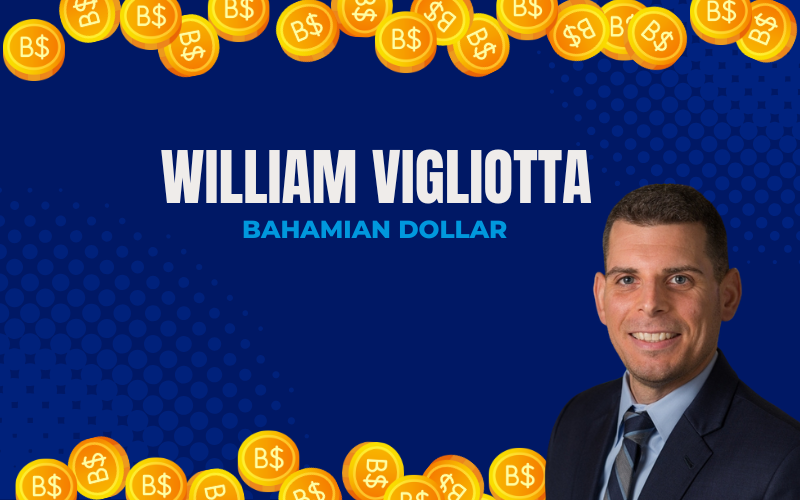The U.S. dollar halted its rise, and it is currently losing gains that had brought it to its best overall level in about a month.
Overview
Fed chairman Jerome Powell made waves after stating that while there is a need for more data showing inflation is controlled, his members are on track to make interest cuts in 2024. Other Fed officials will speak throughout today, likely clarifying the Fed’s intentions. While the dot-plot for three interest-rate reductions has not been altered, there is growing doubt amongst traders that multiple cuts will take place for what is left of the year.
Odds for a rate cut at their June meeting have increased from just 50.0% to 58.0% this morning, but there is no consensus on the narrative. The rest of the world does not seem to be flourishing, and higher commodity prices make it unlikely that it will help foster growth. Brent Crude Oil prices are at a 5-month high, Copper at its priciest in fourteen months, while is almost at an all-time high. One good note is that Taiwan has reopened its manufacturing facilities after being hit by an earthquake that caused a few casualties.
Nothing is cohesive, as it is clear the globe is not working in tandem, and conflicts are hitting various economies in different ways. We feel that there is a lack of clarity in guidance and that timing will be of the essence for the Fed to act before its independence is questioned as we get closer to the November general elections. It is also important to monitor the decoupling with China as Treasury Secretary Janet Yellen confirmed restrictions on China when it comes to new technologies and innovations.
What to Watch Today…
- US Nonfarm Payrolls, Friday 8:30 AM
- Monex USA Online is always open.
EUR ⇑
The Euro is trading at its best level in over two weeks following the reaction in markets to what they perceive as a “dovish” Powell. Additionally, there is good economic data favoring prospects for a better picture in the Eurozone. A reading of the Composite Purchasing Managers Index for March was expected to be in contractionary territory but surprised with an expansion as it looks like suppliers are spending more on production. Additionally, they seem to be getting relief from prices, with February Producers Price Index figures coming in with deeper deflation than forecast at (-1.0%) vs. (-0.7%). Slowly but surely, we believe in the Euro-zone’s ability to climb, but there is still a higher chance that the European Central Bank has to reduce borrowing costs before the Fed. Volatility is back for the shared currency.
NZD ⇑
The Antipodean currencies in NZD and AUD were the biggest movers to start this session as they had room to recover after previously dropping this week to their weakest point since mid-February. Although the odds are low, the Reserve Bank of New Zealand’s meeting on April 9th was speculated to be a chance for the central bank to schedule a dovish dot-plot. Nevertheless, a return to risk appetite and higher commodity prices are shedding away the losses incurred. While iron ore is at its lowest price in 10 months, other raw materials and metals are making up for it. Meanwhile, there is hope that with China’s stimulus finally impacting the system, the low demand for steel and other heavy industrials will aid the Oceanic currencies.



